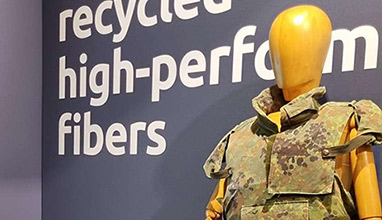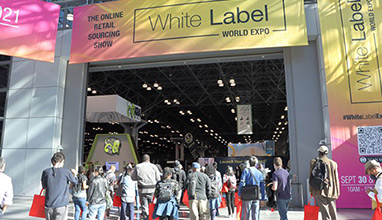Reopening clothing factories across the globe must proceed slowly
Reopening clothing factories across the globe must proceed with caution and receive the necessary support to do so safely, writes GlobalData, a leading data and analytics company.
There is also massive financial pressure on factories to reopen after being hit by a flood of abandoned orders from their retail and brand customers, along with cancelled or deferred payments.

Leonie Barrie, Apparel Analyst at GlobalData, says: “Suppliers already face substantial financial and practical hurdles in getting their businesses up-and-running again, but this is compounded by the need – and additional cost – to make the necessary changes and retrofits to keep workers safe.”
Some manufacturers are providing masks and other personal protective equipment (PPE) to workers. Other organisations like the International Labour Organization (ILO) have outlined extensive recommendations for factories to follow, which relate to air purifiers, hand-washing stations, disinfection of shoes, temperature checks, a split shift schedule to reduce the number of people in the factory at one time, and the reorganisation of workspaces and dining areas to keep workers six feet apart.
Barrie continues: “While the proposals sound reasonable, such safety measures can be very difficult to implement given the scale of many production facilities, and their frequent location in dense urban and residential areas. In a factory with 2,000 workers, it would take two hours for staff to enter the building if ten hand-washing stations were provided. At the same time, if workers formed a socially-distanced line to do so, this would stretch for over a mile.”
Another challenge is that maintaining social distancing measures means that a factory can't accommodate its full capacity of workers. This places a further burden on both businesses and employees.
Barrie adds: “Input from manufacturers is key to ensuring the new ways of working are applicable to a range of different situations. Likewise, brands must play their part by paying for goods received and in production when the coronavirus crisis hit. They should also be prepared to offer practical assistance and even financial support to ensure safety measures are actually implemented.
“Leaving suppliers to carry the burden of a growing list of safety requirements should not be an option. It is also in everyone’s interest to ensure measures are in place to try to prevent a flare-up of infections that would add further pain to an already fractured clothing supply chain.”
Hits: 7612 | Leave a comment

















